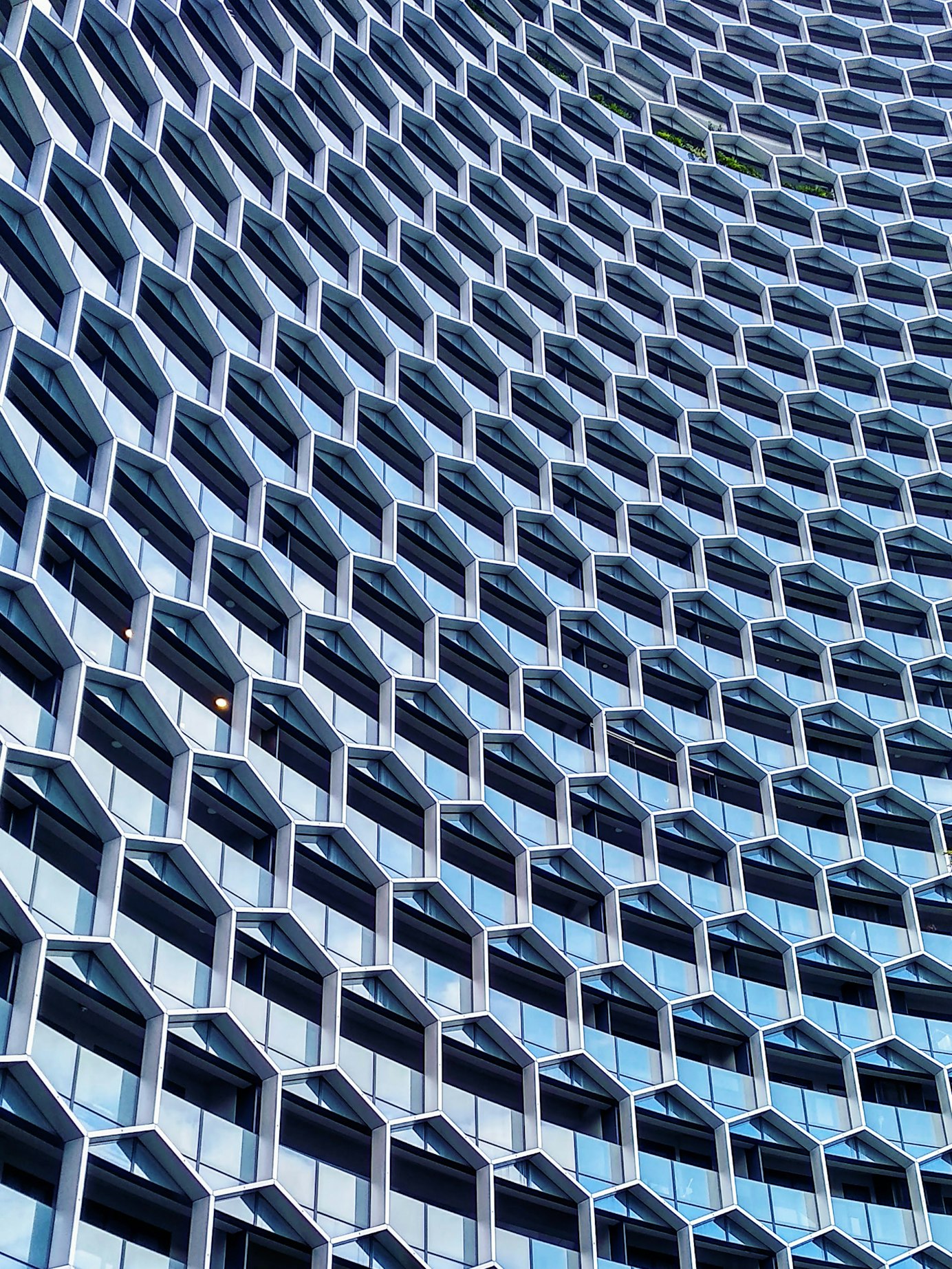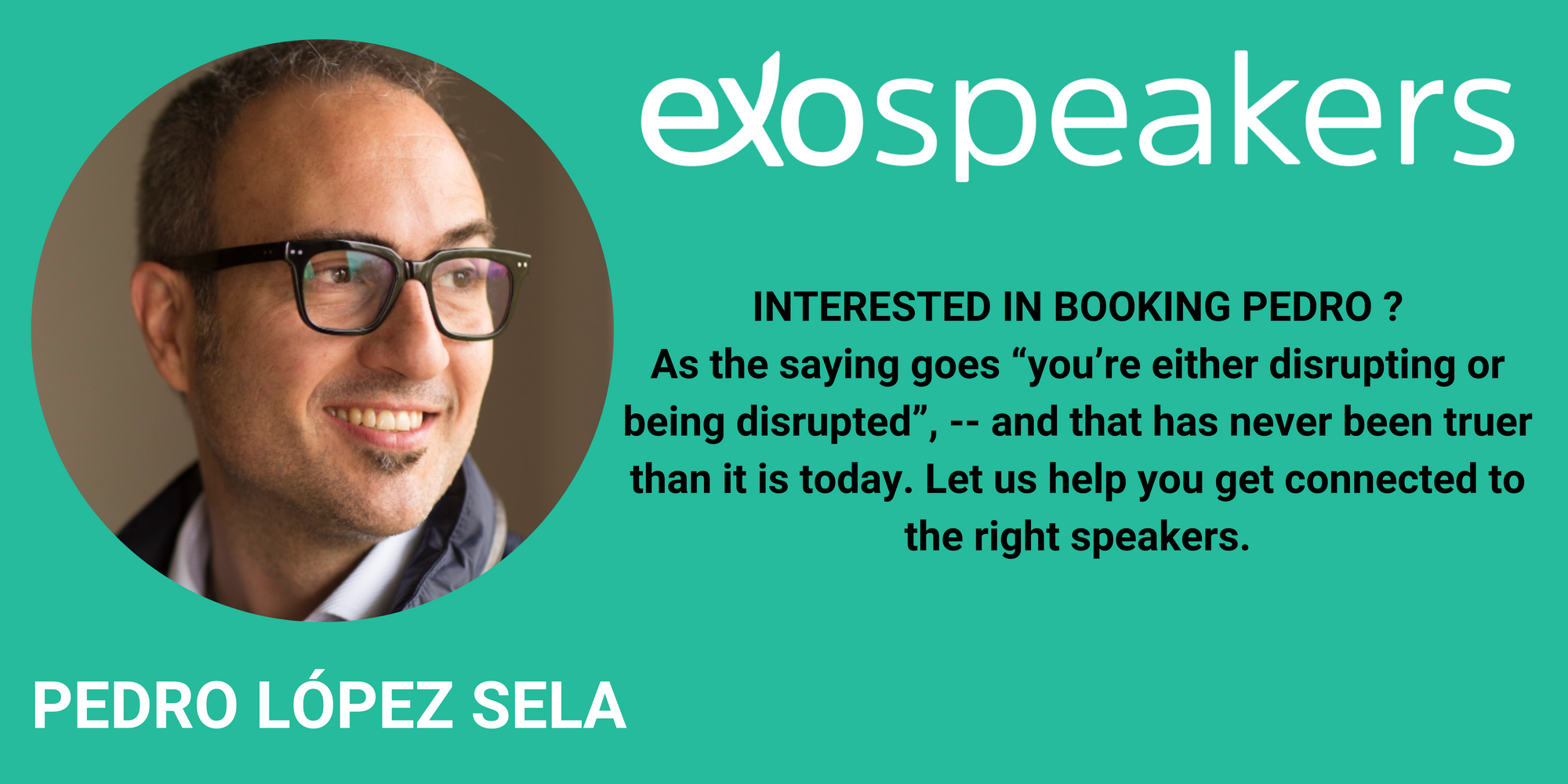
Technology Will Reshape Infrastructure
According to the UN, industry, innovation, and infrastructure are three basic pillars of sustainability, as they are fundamental for economic and social development.
Indeed, those still wonder why the United Nations (UN) is concerned about promoting resilient infrastructure, sustainable industrialization, and fostering innovation, as established in the ninth Sustainable Development Goal (SDG 9).
The answer is that, according to the UN, industry, innovation, and infrastructure are three basic pillars of sustainability, as they are fundamental for economic and social development.
The concern is that the crisis resulting from the Covid-19 pandemic affected manufacturing industries whose growth was already in decline, especially in developing countries, which threatens to halt and even reverse the progress achieved so far in this Sustainable Development Goal. Industrialization in the least developed countries is already too slow to reach the 2030 target if we compare the $114 per capita manufacturing value added in these countries with the $4,938 in Europe and North America.
Infrastructure is critical. In 2016, it was estimated that more than 2.4 billion people lacked access to improved sanitation. At least 663 million lacked access to safe drinking water. More than 1 billion lived without access to electricity and at least one-third of the world's rural population lacked an all-weather road. Moreover, global infrastructure investment needs will increase by 50% over the next decade.
Based on current and projected trends, the shortage of investment needs shows a wide gap that needs to be addressed, mainly to improve road and power infrastructure. This implies more investment, especially in countries with scarce basic infrastructures such as roads, information and communication technologies, sanitation, power, and water. It is an investment that is part of a social pact between a government and its citizens,
But this investment poses numerous challenges. First, the involvement of different actors in projects involving large sums of money, makes them susceptible to corruption and bribery. Secondly, the quality of many infrastructures is often disappointing in many countries. Finally, infrastructure maintenance could be better, which increases costs and reduces benefits.
What lies ahead?
Rapid advances in cyber-physical systems, advanced computing, mobile, analytics, and cloud technologies will facilitate smarter infrastructure solutions by 2030. That is, future infrastructure will need to be better planned and coordinated based on better modeling of future demand and long-term weather and environmental changes.
Society will increasingly demand smart infrastructures that make the most of energy generation and distribution, make buildings smarter and keep traffic flowing smoothly. This will improve with the increased use of smart systems using feedback data loops that provide evidence for informed decision-making and better data on which to base projections.
A study on infrastructure trends by Deloitte suggests that a new economic reality calls for a new conception of infrastructure: more digital, sustainable, and equitable. The study highlights that purely "physical" infrastructure (roads, bridges, electricity) is becoming more "physical-digital" with autonomous cars and "smart infrastructure."
However, as digital infrastructure evolves, there will be a need to be mindful of cyber risk; perhaps this is why some 76% of global infrastructure leaders expect an increased focus on data security in the next three years.
Finally, the survey indicates that about 60% of respondents believe that the biggest infrastructure barrier is talent; they think that more than budget constraints or regulatory barriers, a lack of talent is a barrier to infrastructure project delivery.
So we have come to the point where technology and infrastructure are merging faster. A wide range of disruptive and revolutionary technologies are transforming how infrastructure is built and operated, with significant implications for all participants in the value chain.
Against this backdrop, the solution to the issue of new infrastructure lies with modern startups that offer a wide range of creativity and funding possibilities. The cutting-edge technology that new construction startups bring to the table breaks the traditional schemes with fresh ideas that change the typical way of designing, projecting, and building all kinds of architectural elements. The smart technologies with which these startups operate are already beginning to revolutionize how societies worldwide design, build and use infrastructure.

ExO Insight Newsletter
Join the newsletter to receive the latest updates in your inbox.









